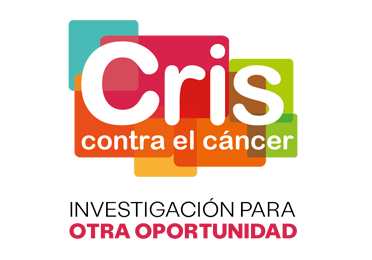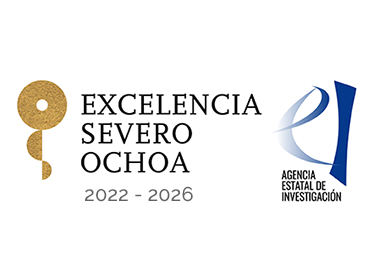
Published this week in the August issue of The Lancet Oncology (TLO), a superb Spotlight* debate explores the current performance, limitations and opportunities of Positron Emission Tomography (PET) and Magnetic Resonance Imaging (MRI) modalities across various tumor types and particular settings.
Both the opening and counter opinions expressed by co-authors Christophe M. Deroose with Olivier Gheysens (University Hospitals Leuven), and VHIO’s Raquel Perez-Lopez, respectively, are as eloquent as they are fairly and squarely presented. Providing a rigorous review of how the two differing techniques continue to advance the oncology field –set firmly within the context of precision medicine– PET and MRI clearly both assume important roles as predictors and detectors of disease progression and response to therapy.
In their juxtaposed consideration of the Spotlight’s lead question, PET or MRI to improve response evaluation in clinical trials?, the two sides provide specific examples of how PET and MRI are rapidly advancing the field towards better guiding personalized treatment decision making and accelerating drug development. Yet, not without important room for improvement.
“Each has its particular strengths and weaknesses depending on the tumor type, patient population and mechanism of action of the tested therapies. As both continue to develop, the role and relevance of imaging per se will become increasingly important in patient selection for clinical studies, accelerating drug development as well as predicting, monitoring and counteracting drug resistance in cancer,”observed Raquel Perez-Lopez, Principal Investigator of Radiomics at VHIO and co-author of this present opinion piece.
As outlined from both sides, the two approaches continue to advance in pace with the advent of novel anti-cancer medicines including immune-based therapies. In parallel, the authors also explore the limitations of current imaging response evaluation guidelines and touch on how new criteria fare and compare as they also evolve in tune with the rapidly emerging era of precision medicine.
“The future development of both PET and MRI will bring new opportunities in imaging by using a combination of molecular, functional, and anatomical data. Only by matching and applying each according to the specificities of a particular study or case, will they have an increasingly broad and important impact on improving outcomes for patients,” concluded Raquel.
###
*Deroose CM, Gheysens O, Perez-Lopez R. PET or MRI to improve response evaluation in clinical Trials? Lancet Oncol. 2019 Aug; 20 (8): 1060-1062.








